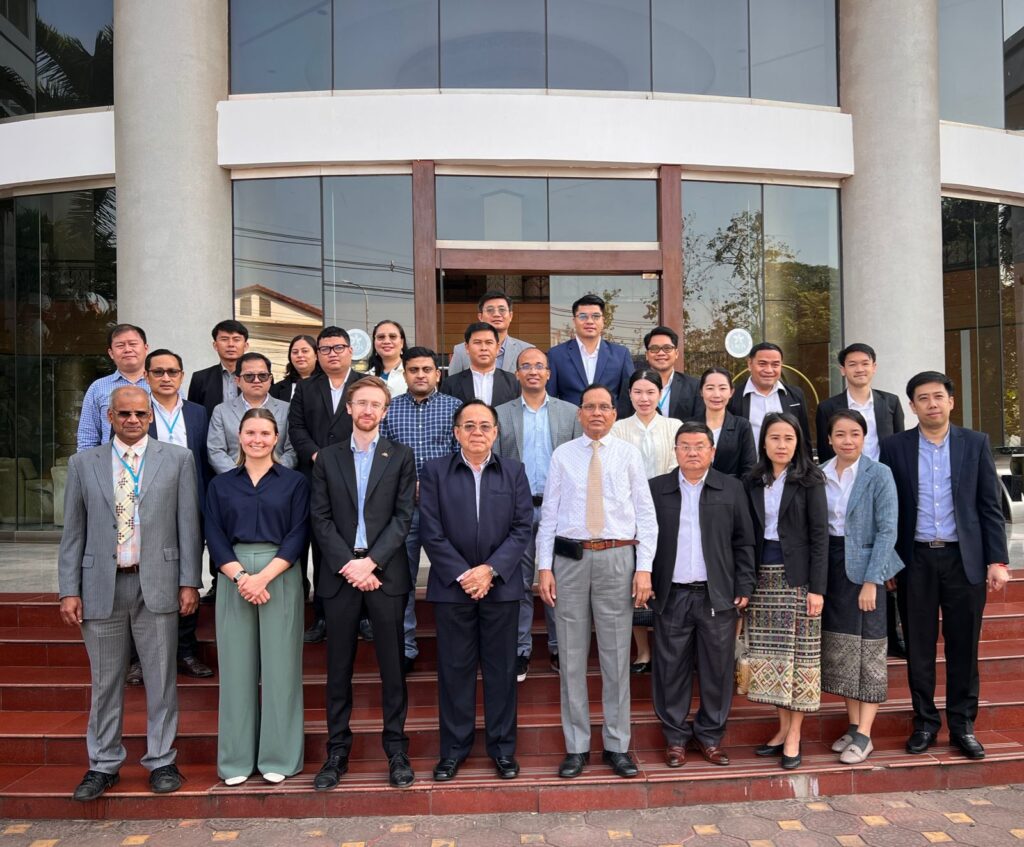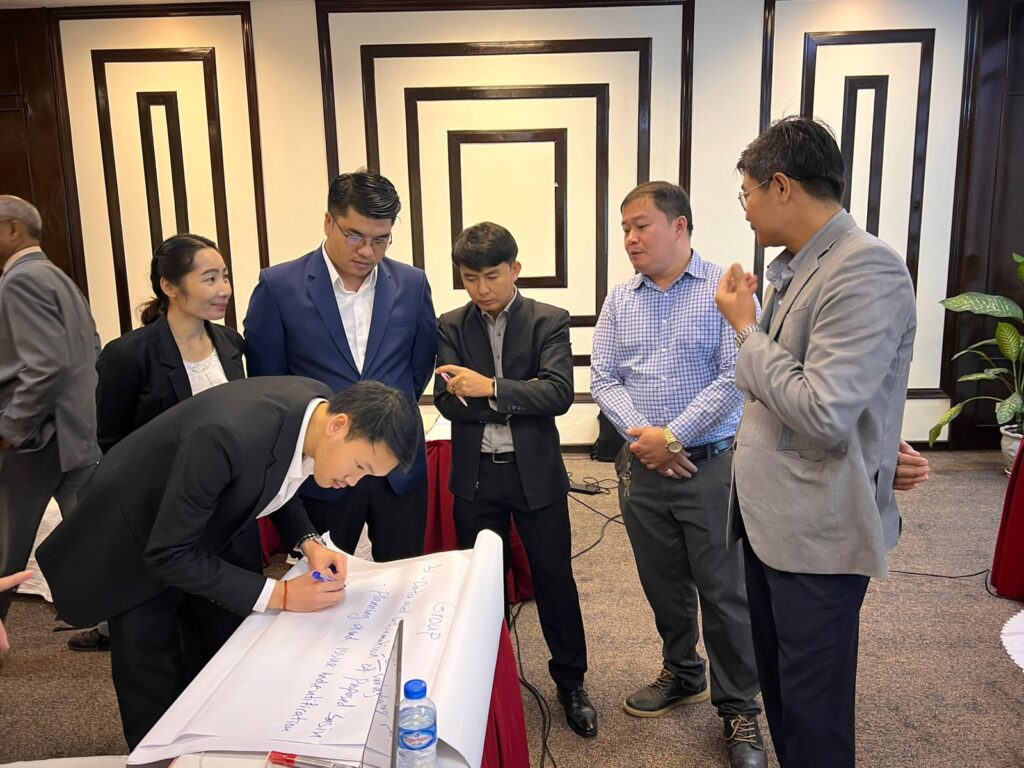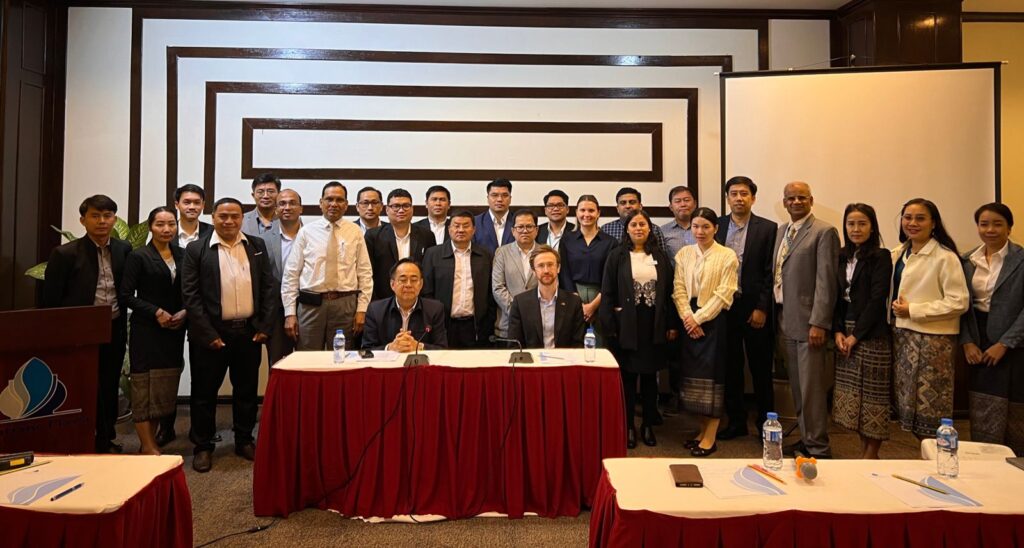Australia and the Asian Institute of Technology collaborate with Lao PDR on water modelling
Australia and the Asian Institute of Technology collaborate with Lao PDR on water modelling
This week, officials from the Lao People’s Democratic Republic are working with modelling experts from Australia and the Asian Institute of Technology to exchange knowledge on how water modelling can be used to build climate resilience.
Both Australia and Lao PDR share the challenge of high variability in available water, despite the seasonality of water availability being very different in the two countries. Modelling provides one mechanism for understanding existing water availability and use, and how this may change into the future.
Experts from Western Sydney University, the Asian Institute of Technology, National University of Laos, and eWater Solutions are providing training in water modelling, data analysis, and equitable water management. Led by Western Sydney University’s Dharma Hagare, the training draws on the experience and understanding of water management in Lao PDR through co-delivering with knowledge brokers from the Department of Water Resources and Lao National Mekong Committee Secretariat.

Funded by the Australian Government’s Department of Foreign Affairs and Trade through the Australian Water Partnership, the training comes at an important time with Lao PDR’s Ministry of Natural Resources and Environment currently delivering on its mandate to develop river basin plans across the country.
One of the models included in the training is the Australian eWater Source model at the direct request from the Government of Lao PDR. eWater Source is Australia’s National Hydrological Modelling Platform, which supports utilisation of available data and best practice science to support water management and planning.
Mukta Sapkota, Hydrologist, eWater Solutions, helped run a customised training program focusing on the applications of eWater Source in Laos.

“These training sessions in water modelling are crucial to assisting Lao PDR’s water departments. They are an essential tool for planners and decision-makers for planning and developing resilient and sustainable infrastructure, taking into consideration future flood risks associated with changing climate as well as projected development of irrigation and hydropower, expansion of urban areas, population, and land use changes,” Ms. Sapkota said.
“By using water modelling tools, like eWater Source, local water managers can develop a more informed understanding of current and future river basin flows and water availability to guide infrastructure development and the supply of water for agriculture and energy generation.”
The training is an important component of the broader collaboration between the Government of Lao PDR and Australia, and we were delighted to have participants from within Lao Ministry of Natural Resources and Environment, including the Department of Water Resources, Department of Hydrology and Meteorology, Lao National Mekong Committee Secretariat, and the National University of Laos.
Laura Beckwith, Mekong Coordinator, Australian Water Partnership, said “AWP seeks to build partnerships between Australian technical experts and partners in the Asia Pacific to facilitate this type of knowledge exchange.”
“This shared learning about successes and challenges related to water management in Australia and the Mekong, strengthens… [our collective] ability to deliver on the sustainable and resilient management of water resources, in the context of climate change.”
